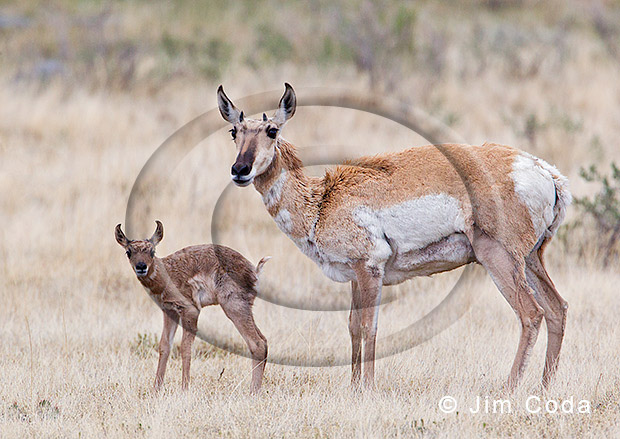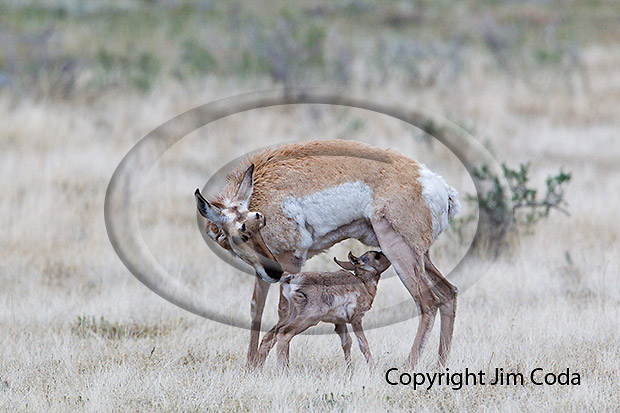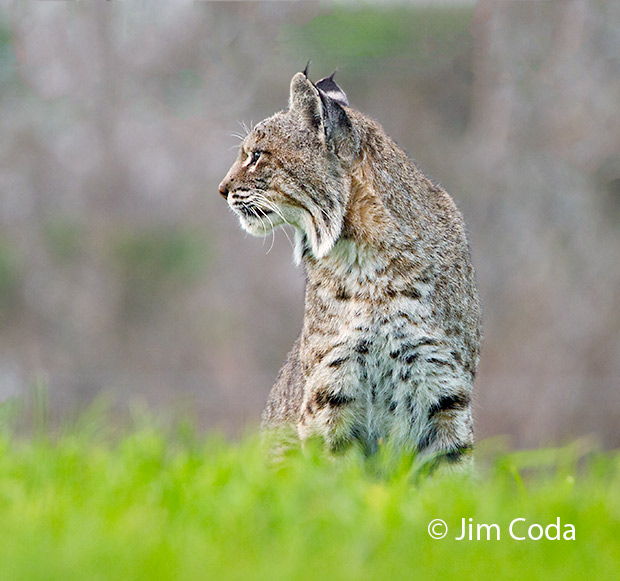Pronghorn Doe and Fawn, Yellowstone National Park

It’s that time. If you like to photograph wildlife you should be in Yellowstone or on your way. Bison calves are running all over the place. Elk, pronghorn and bighorn sheep are giving birth or will be soon. The bears are also out and about, some with cubs. It is the time to see and photograph baby animals.
This pronghorn fawn was born last May. The doe kept it and its sibling between the Roosevelt Arch and the north entrance station for the first week after birth. That’s when I left the park. The area is bounded by three roads and a high steel fence. It was crowded and noisy and wouldn’t seem to be a place for a wild animal to want to have babies. It’s also about the last place around Yellowstone that I would want to be stationed for a week hoping to photograph some predators. I don’t know if it was just happenstance or that mother pronghorn knew this was a good place to have her babies while they got stronger and were able to run fast enough to escape from a predator.






